In our previous post on Rack Cases, we discussed IT equipment and electronics transportation, its importance to certain industries, and how Rack Cases facilitate the transportation and protection of electronics. If you decided that Rack Cases are just what you need for your electronics equipment, the next thing to do is consider what you'll need specifically for your equipment, which will aid you in choosing the right rack case for your needs. In this post, we'll do our best to help you along that journey.
How will you be using the Rack Case?
The first thing you will want to consider is how you will be using the Rack Case to transport your IT equipment. Will you be shipping it? How far? Or will you be traveling short distances? This is an essential question that will give you a rough idea of how much protection you actually need and whether or not you might need a more off-the-shelf rack case or something more customisable.
Considerations for rack cases
Once you've contemplated how you will be using the case, you can get down into the nitty-gritty in your consideration process to whittle down the rack case options at your disposal. The first thing you'll start with is the fragility of the equipment to be housed in the rack case, followed by the height in rack units, depth and lastly the weight of the equipment.
G-Fragility Rating
Different Rack Cases are engineered to withstand more or less impact and will therefore protect your equipment to one degree of fragility or another. The best way to determine the fragility of your equipment is through the G-Fragility rating. The Fragility Rating indicates how well an electronic device is protected against impacts. The fragility of an item is normally expressed in “G” units. These G Units are a measure of the force exerted on bodies by the earth’s gravitational pull. Products with a larger g-force rating require less protection from shock and vibration.
For instance, an item with 20 G fragility will suffer damage when subjected to a force 20 times that of earth’s gravity. If your equipment were to have a 20 G fragility rating, it'd be considered very delicate equipment and would be akin to the fragility of an egg. On the flip side, some electronics equipment can get up to a rating of 120 G or more, which is considered very rugged. A cell phone, for example, has a fragility rating of 300 G.
The fragility of an instrument or piece of equipment is usually determined by laboratory testing and in many cases the manufacturer of the equipment to be housed in the case will indicate the G Fragility Rating on the equipment.
Download our FREE G-Fragility rating guide by clicking on the button below.
Rack Height in Rack Units
As we explained in our previous post on the subject of rack cases, the height of equipment that is mounted in racks is measured in rack units. A rack unit, abbreviated as U and sometimes RU, is the standard unit of measurement applied to rack mounts and the servers, disk drives and other devices that they contain. A rack unit corresponds to a height of 1.75 inches or 44.45 millimetres. Thus you will often see rack cases of different heights appended with the number of rack units the case can accommodate, such as for example, a 4U rack case. This rack case would be able to accommodate an electric module with a height of four rack units.
Weight of the equipment
Next you'll want to take into consideration the weight of the equipment to be housed in the case. The weight of the equipment will help to determine which rack case is right for your equipment in addition to the height and fragility.
Rack Depth
The last thing you'll want to consider is the depth of the case. The standard depth for Rack Cases is usually 24 inches or 36 inches, the 29-inch and 30-inch rack depth is becoming more popular for electronic modules that are being manufactured more recently.
Peli-Hardigg Customisable and off-the-Shelf Racks
Peli offers a wide range of standard off-the-shelf sizes and configurations of rack cases; however, many scientific, industrial, military and commercial equipment require a customised solution and therefore Peli Rack Cases can be customised with different additional features. Some of these features include, humidity indicators, caster wheels, drawers, removable frames, comfort grip handles, logos and much more.
If you’d like to find out exactly what case would best fit your needs, Peli would be happy to help. Click on the button below to talk to a Peli engineer today!





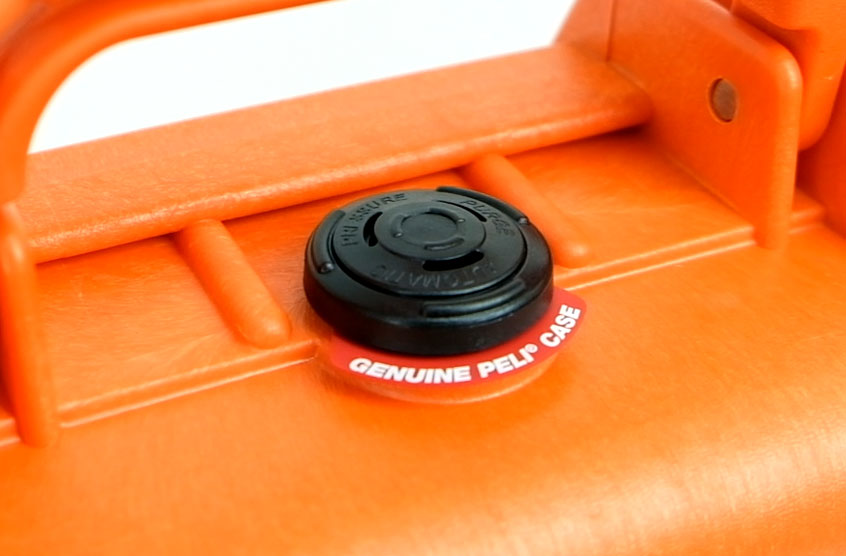
.png)

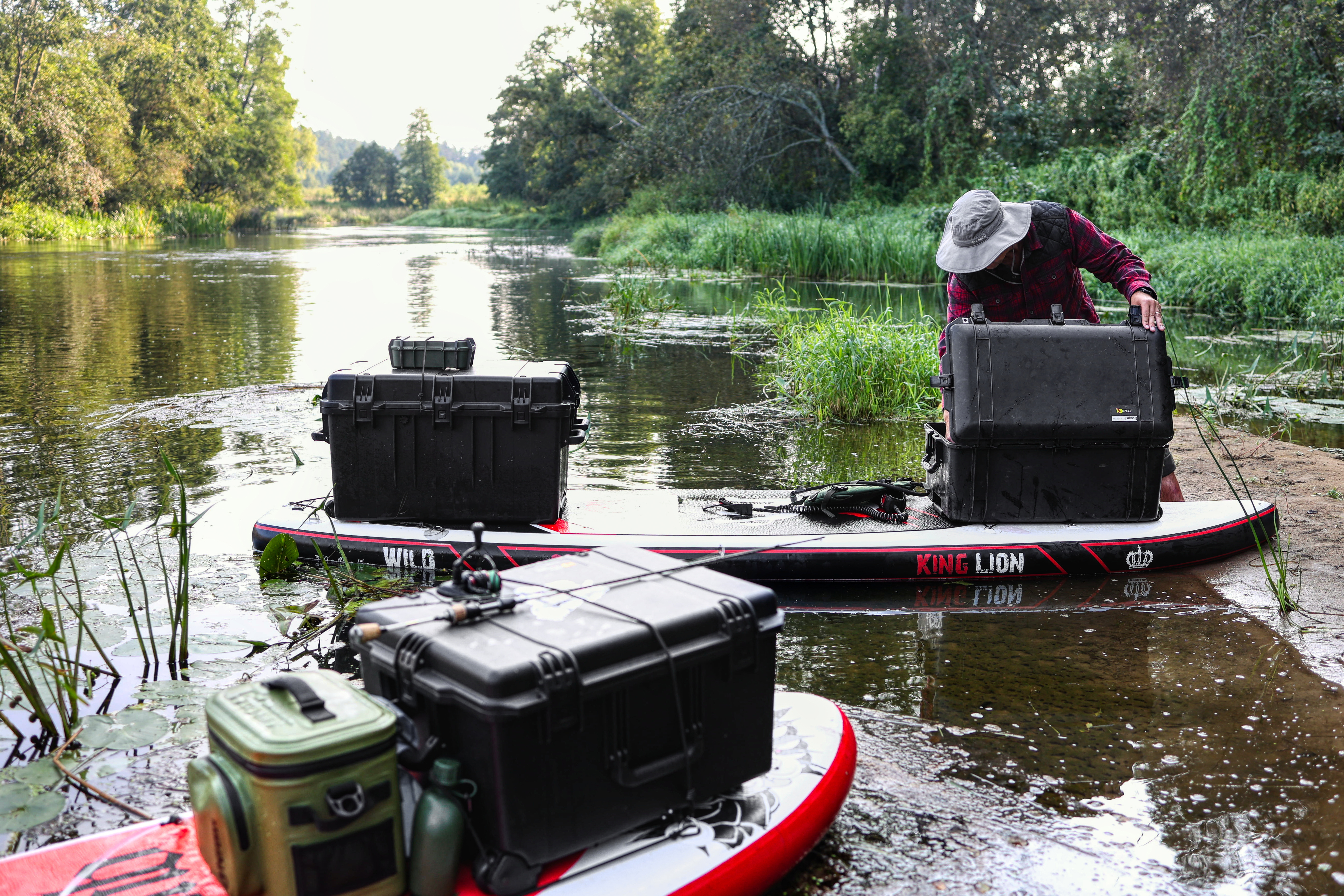



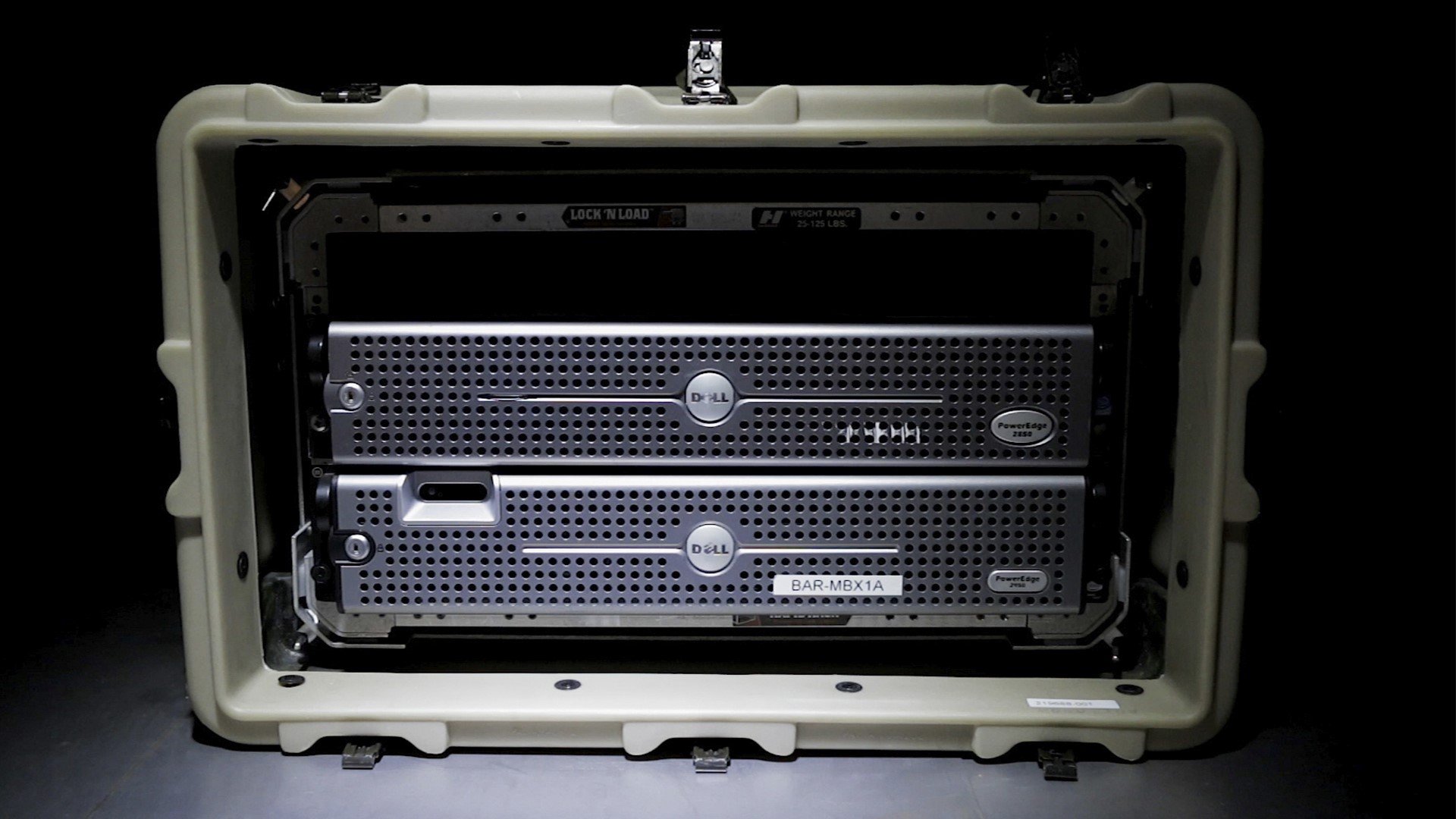

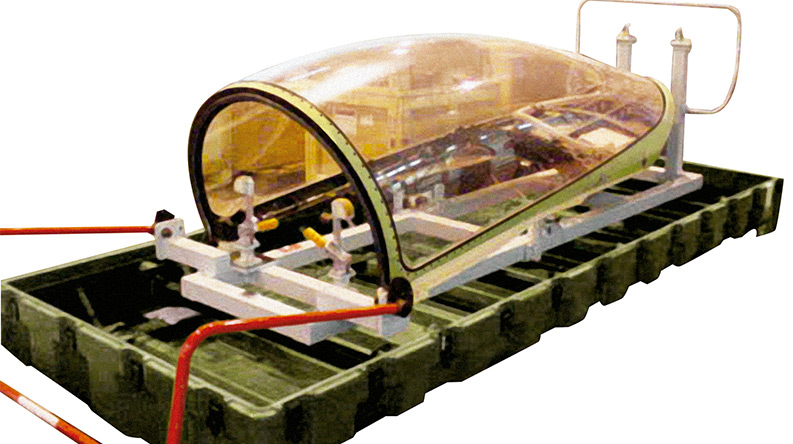
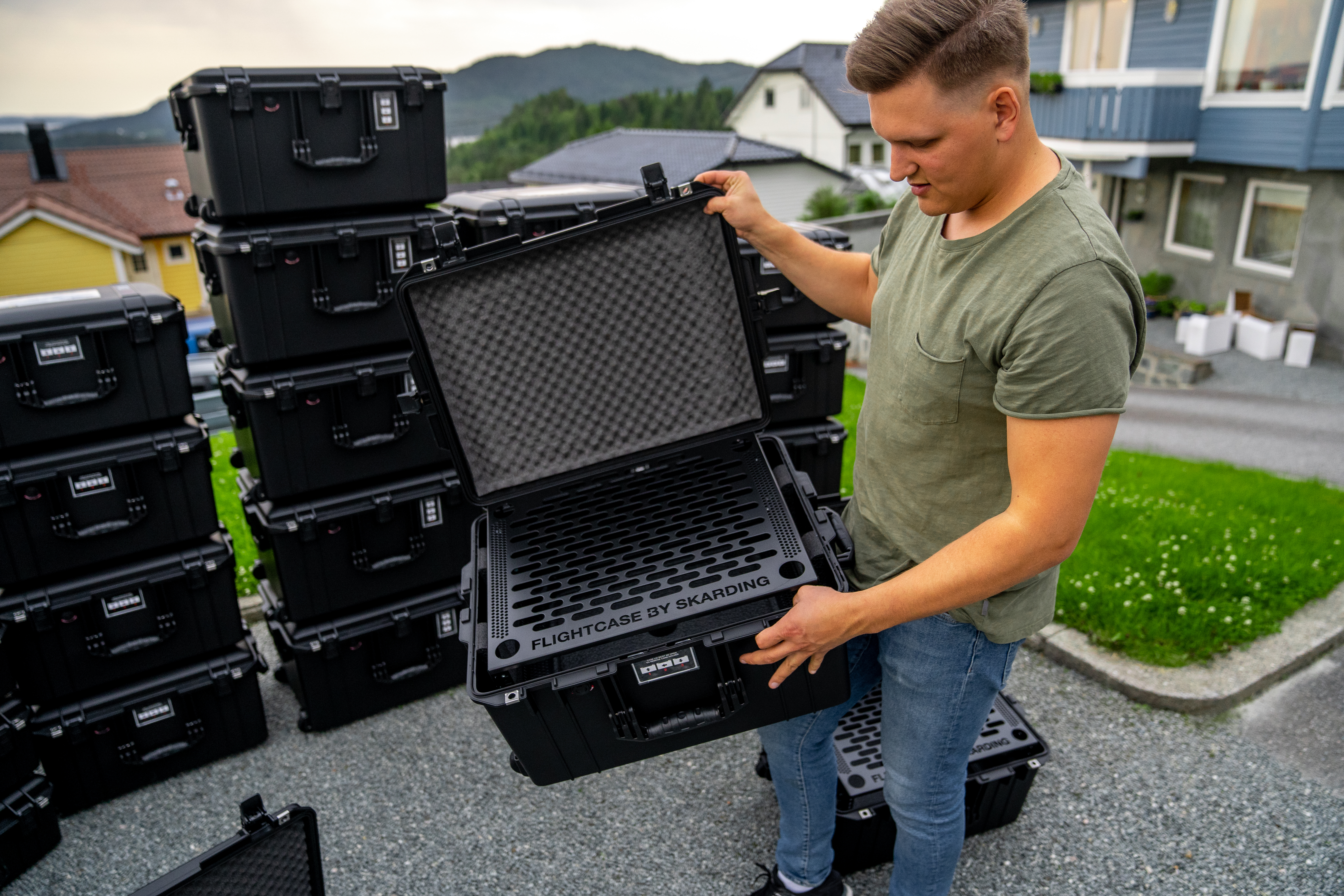
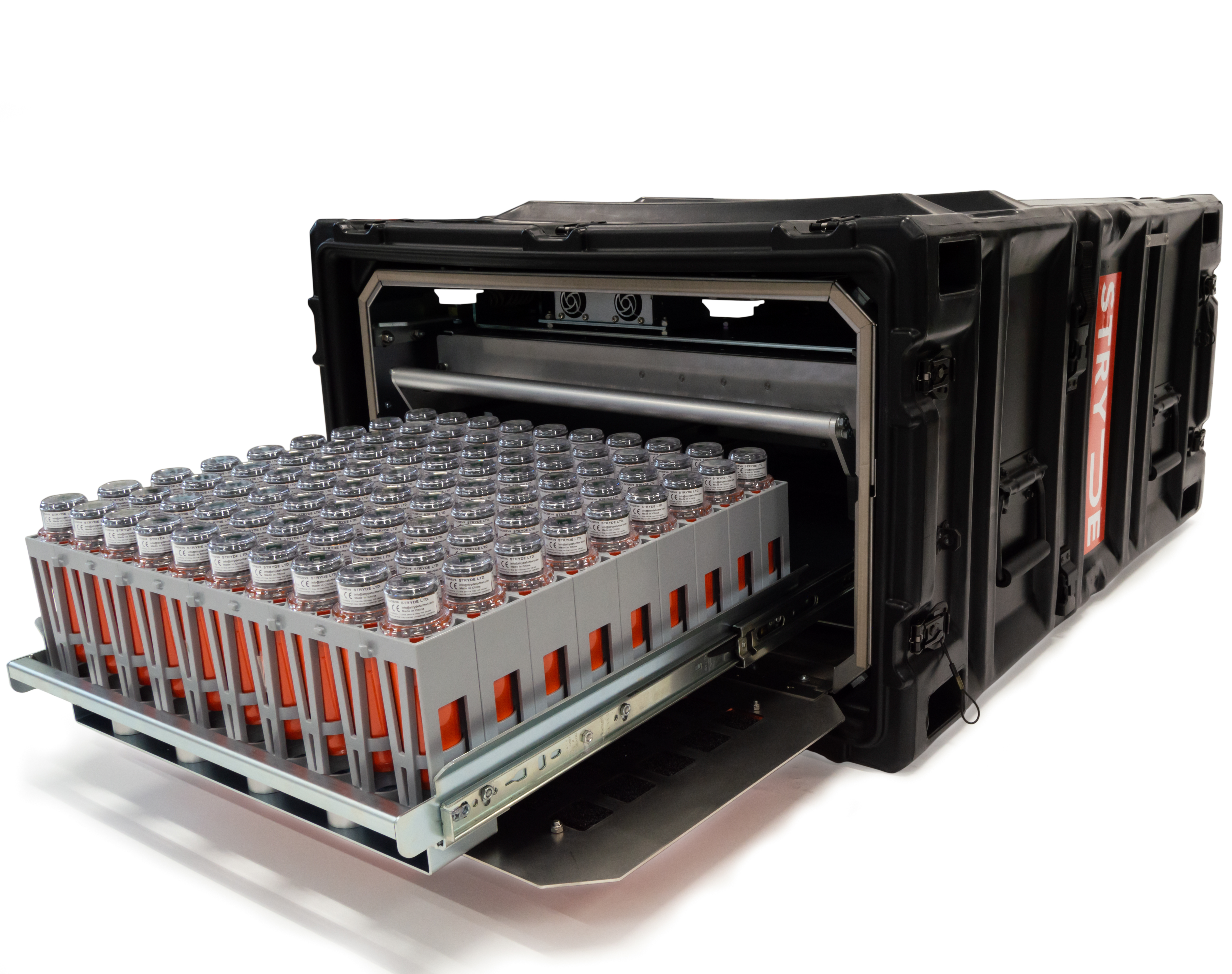
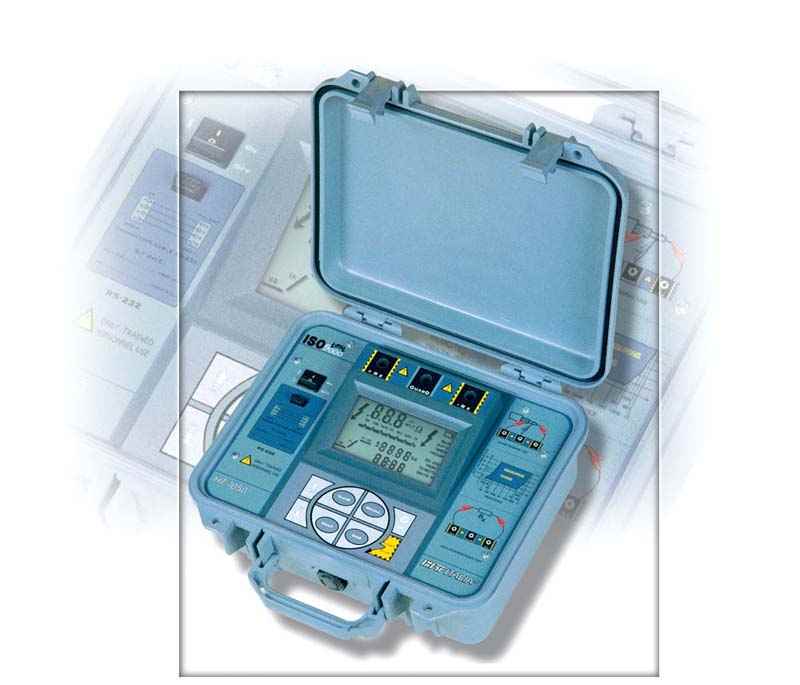
Post a comment